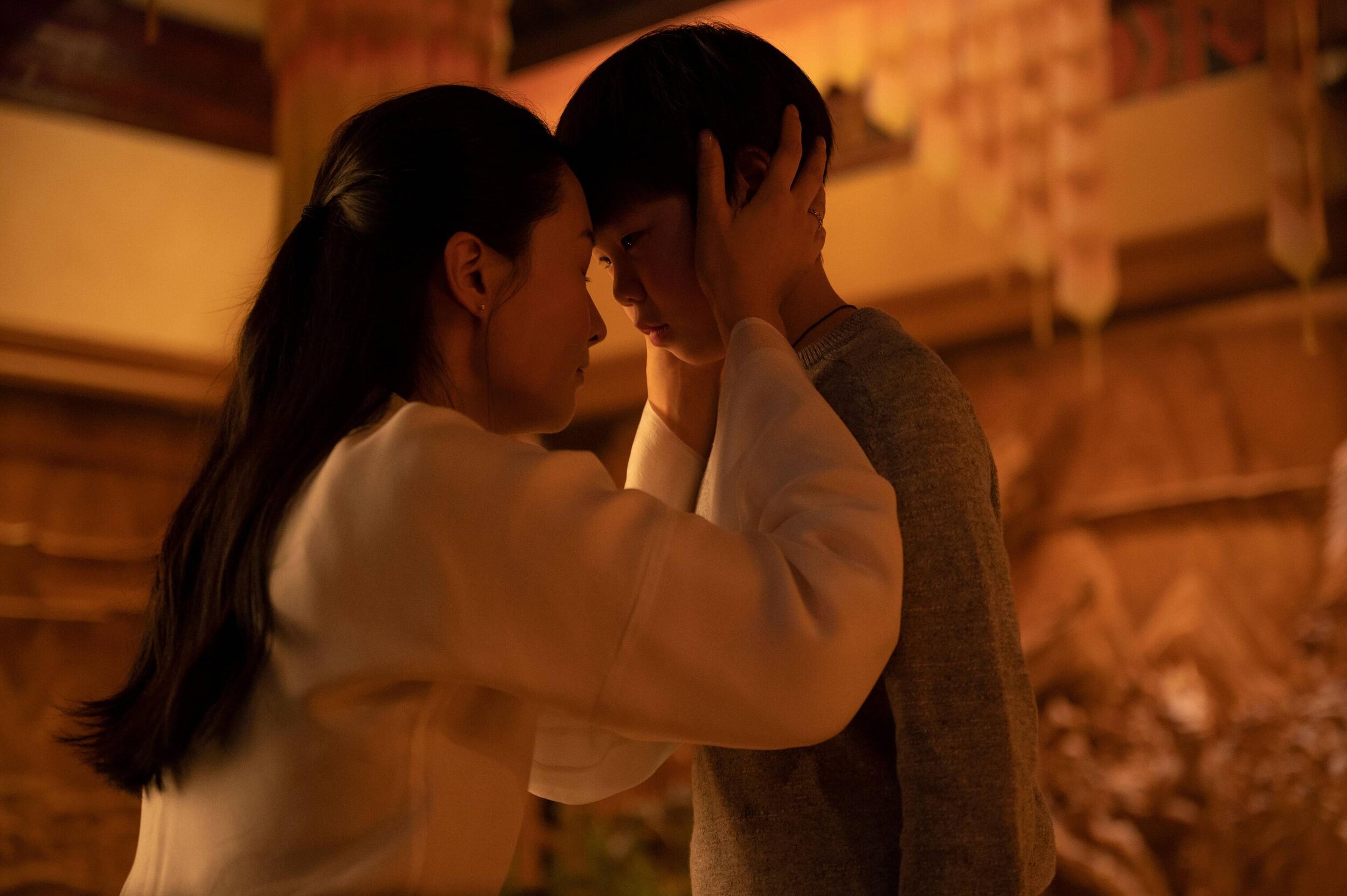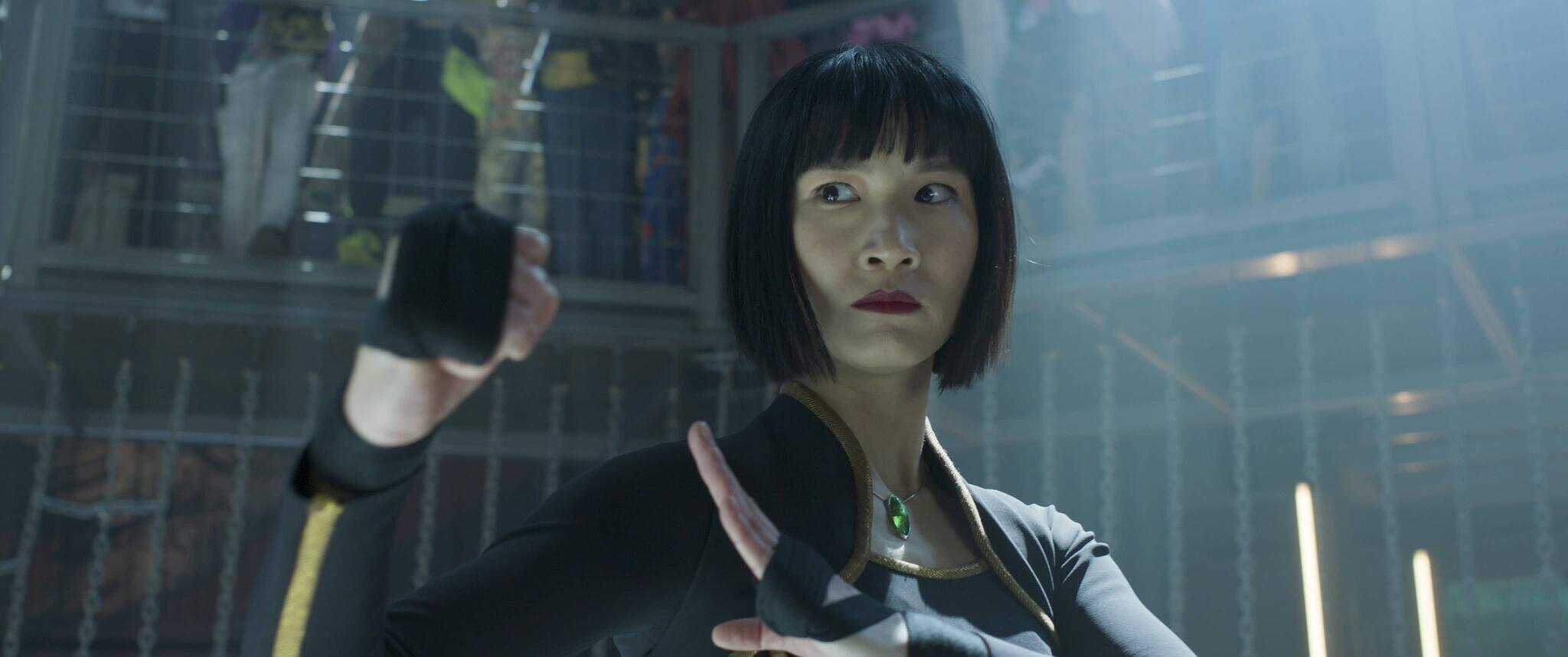Character Traits via Color Theory: Shang-Chi
Wenwu and Ying Li outside of Ta Lo
Marvel’s latest installment in their cinematic universe, Shang Chi: The Legend of the Ten Rings, has proven to be a massive hit amongst superhero fanatics and newbies alike. It may be due to the forever-marketable hero’s journey witnessed in this film, but the wide range of personalities witnessed in the movie certainly says otherwise. The main cast of Shang-Chi offers an incredibly diverse set of characters with their talent alone, but it’s impossible to ignore the craftsmanship of the art direction and to help highlight these individuals.
Wenwu watching over Shang-Chi after Ying Li’s death
One of the easiest visuals to pick up on is Shang-Chi’s father, Wenwu. Also known as the Mandarin, Wenwu has been alive for thousands of years, thanks to the power he has gained from the ten rings. He continues to gain and chase this power for many years, and is his sole purpose in life. During this period of time, he is shown in almost all black. This hints at his “black-and-white” outlook on life, and how it’s his way or the highway. We see Wenwu in white for the first time the day he meets his future wife, Ying Li. This white continues to linger when Wenwu is seen with his children, even after his wife’s death. But by the final showdown, he has returned to his all-black garb from his early years of conquering. He has become so clouded with his goal to have the love of his life back, that he is willing to return to his old ways of fighting, despite how much Ying Li’s presence changed him.
Ying Li saying goodbye to Shang-Chi
Ying Li is meant to be the strong juxtaposition to Wenwu’s character. It’s clearly illustrated in their fight scene, as his rigid and harsh movements are no match for the flowing and swift choreography of Ying Li. This contrast in personality is clearly seen in Ying Li’s clothes as well. She is the protector of the village hidden in the forrest, Ta Lo, and is meant to reflect the nurturing greens and calming whites that embody the woods around her. Not only does Ying Li take on the caring mother role in her family, but she carries the flowing nature of the forrest with her in the muted green and white robes she is always seen in. In fact, the only time Ying Li is seen in any other color is in two scenes: a flashback to her and Wenwu’s marriage, where she is adorned in a brash red dress, and during one of Wenwu’s hallucinations, where she is wearing a red long sleeve. During both of these shots, the audience is viewing Ying Li through the eyes of Wenwu, who sees her as his one desire, hence the highly intense red.
Xialing fighting her brother, Shang-Chi
Shang-Chi’s sister, Xialing, appears in darker colors similar to her father, but for different reasons. Xialing wears blacks and dark colors because she grew up in the shadow of her brother, as Wenwu refused to teach her combat due to the her resemblance of his now late wife. Instead, Xialing watched from afar and taught herself all of her combat skills. Even in her adult life away from her father, Xialing continues to shroud herself in the shadows and opens an underground fighting ring. The first time Xialing is seen in lighter clothes is during the final showdown. While Shang-Chi receives his “superhero costume”, Xialing is given a similar set of armor in white, along with recognition from the people of Ta Lo, which allows her character to come full circle and finally fight as an equal alongside her brother, not just as his shadow.
Xialing and Shang-Chi facing down Wenwu
Although color theory may seem insignifigant in the grand scheme of making a movie, Marvel has once again used these tiny details to help bring their 2D comic book characters into a 3D world. If you want to see these depictions for yourself, make sure to check out Shang-Chi: The Legend of the Ten Rings in theaters before it’s gone.





